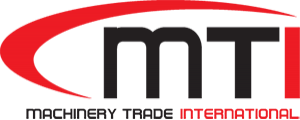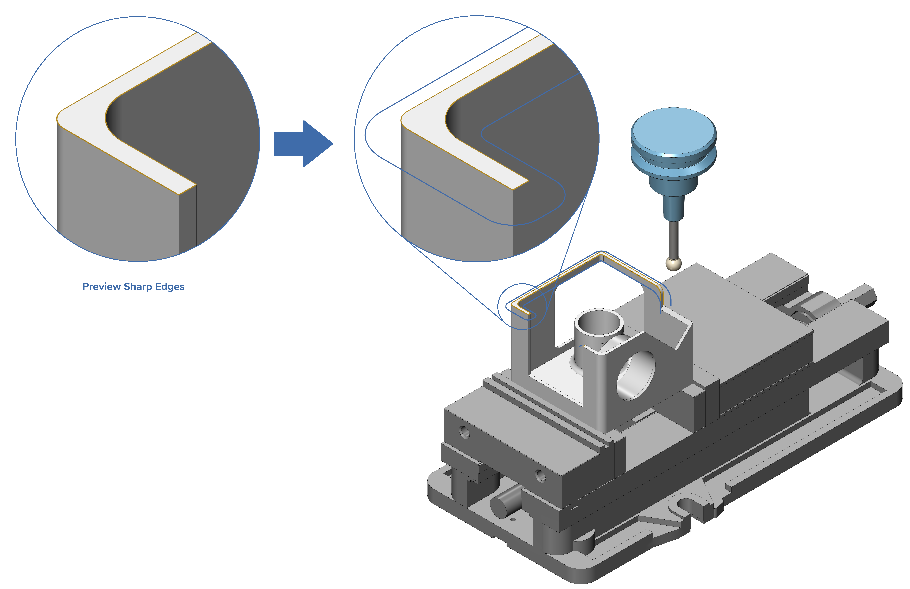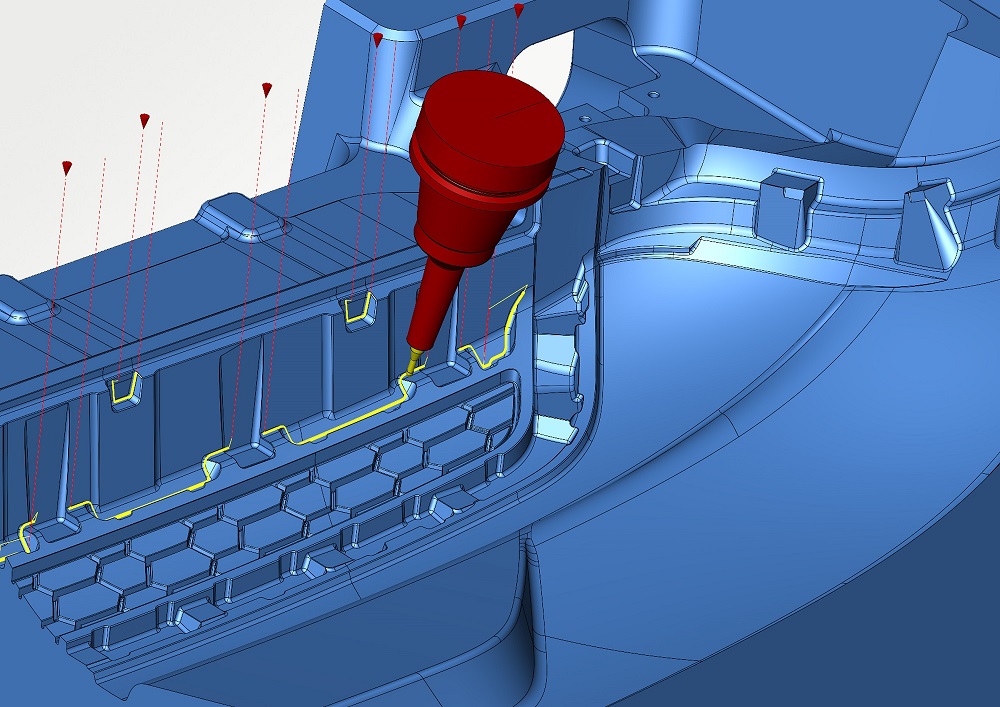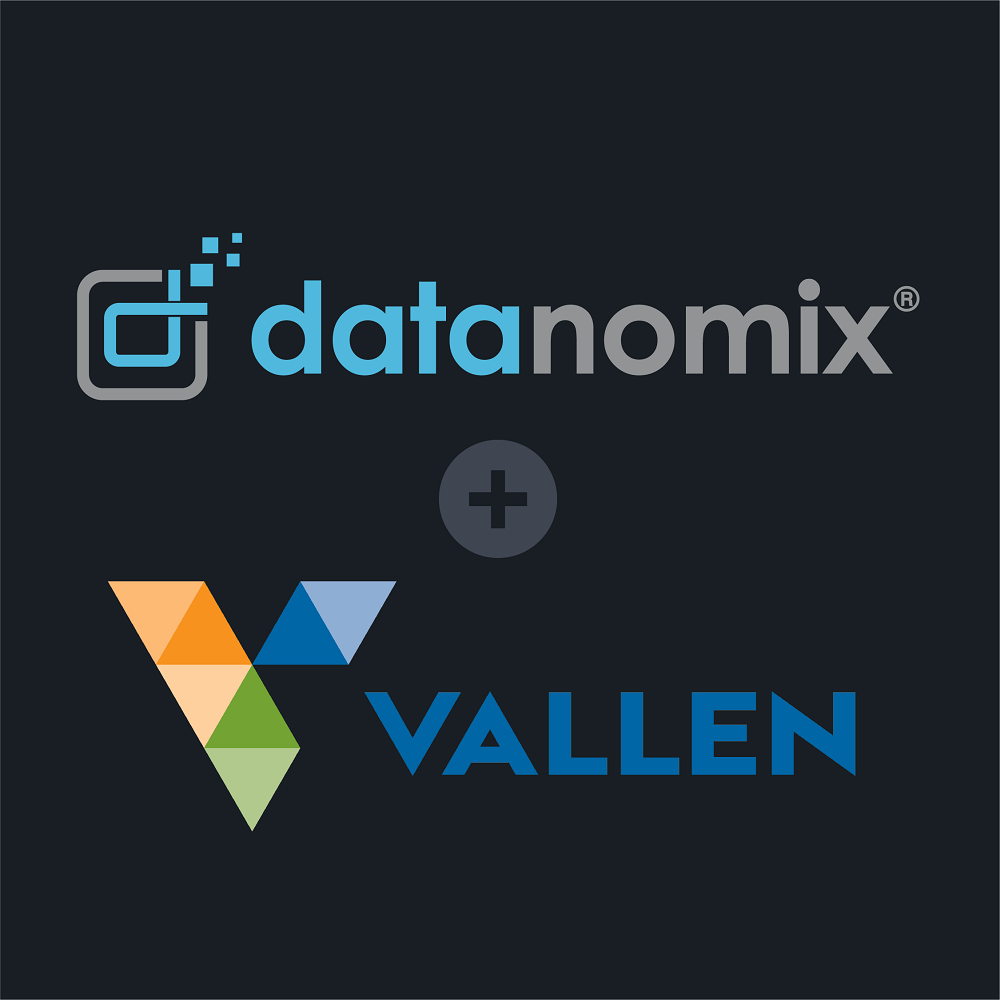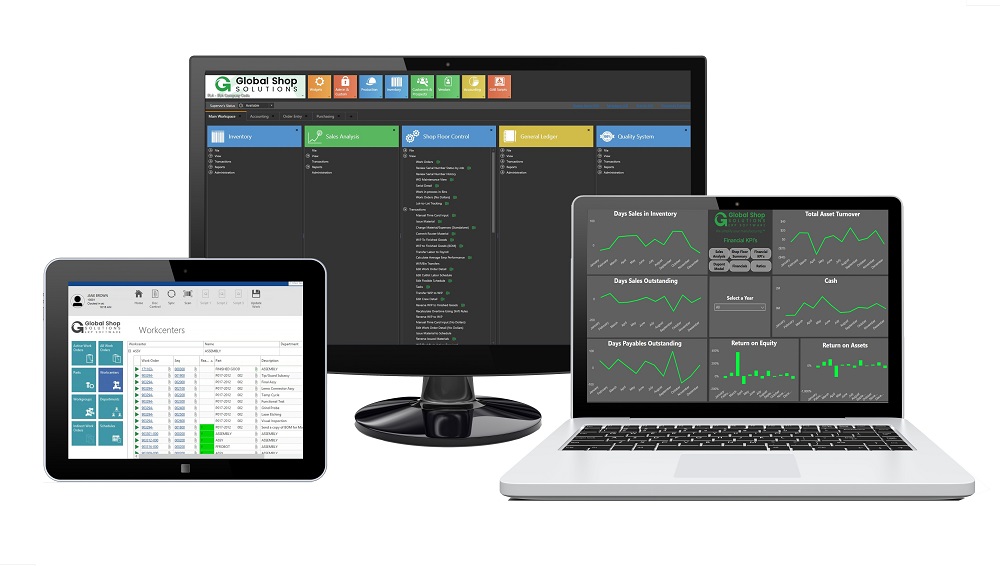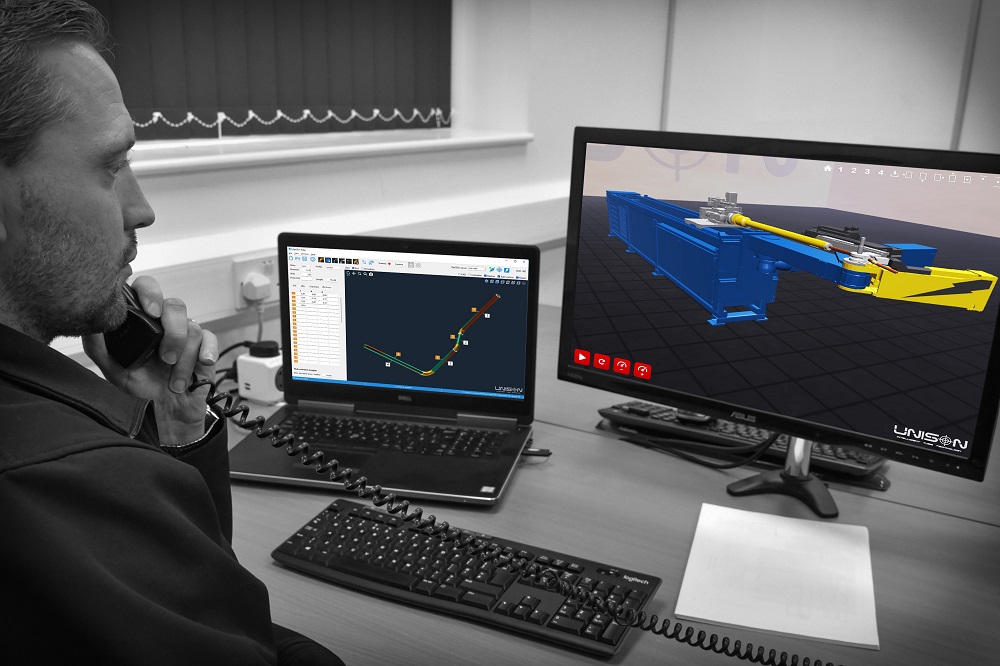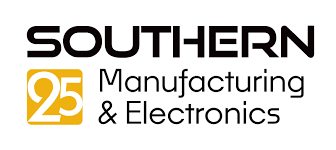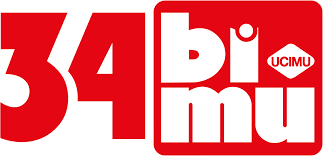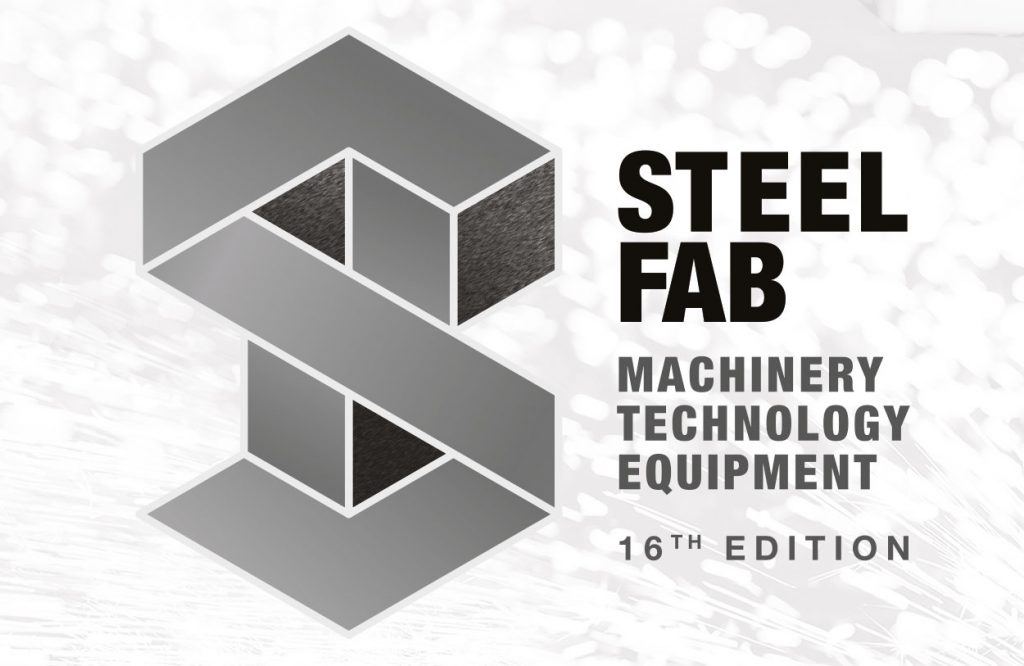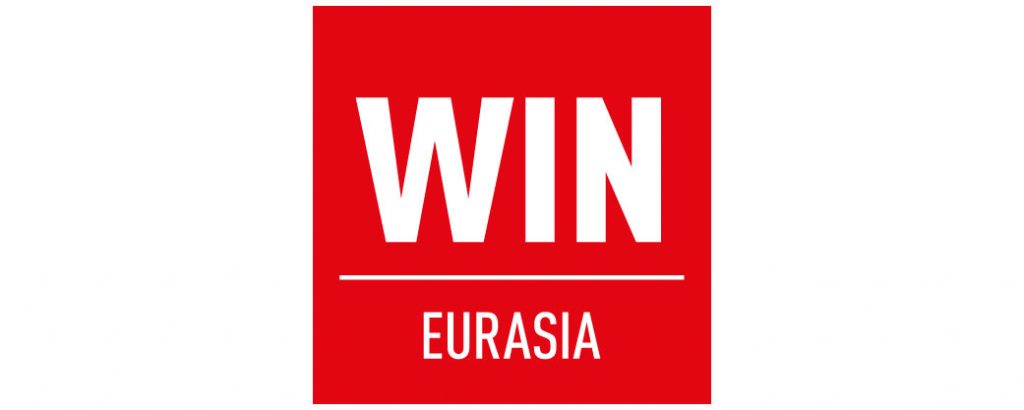ModuleWorks’ 2022.12 release of its digital manufacturing software components sees the introduction of new and enhanced features across the company’s entire CAD/CAM/CNC portfolio, including a new deburring preview, new cycles for rotary and turn milling, multi-regions for fused deposition modeling, and simulation and post processing for U-Axis turning operations.
For example, for multi-axis subtractive machining, there is a new option to preview the automatically detected deburr edges before calculating the toolpath. Users can also include/exclude drive curves in/from the tool-path calculation to accelerate programming.
Users of ModuleWorks will also find that the rotary machining component now offers a floor finishing cycle to complete the ModuleWorks basic finishing portfolio of wall and floor finishing. In addition, users can use the cusp height to adjust the step-over on rotary and turn-milling operations. It works for all supported tools and incorporates the axis offset to eliminate complex manual calculations.
In the latest version, the ModuleWorks Machine Simulation supports U-axis turning where the part is static and the turning tool is mounted on the spindle and rotates around the workpiece. The Machine Simulation also now includes flexible machine components such as cables or elastic bellows that are used as machine covers. These components are attached to a fixed point and connect to a movable component.
For the cutting simulation, enhanced triangulation algorithms accelerate the generation of the simulation model. This capability also speeds up mesh export, which significantly enhances the performance of stock management where the stock is exported after each operation.
For further information www.moduleworks.com
